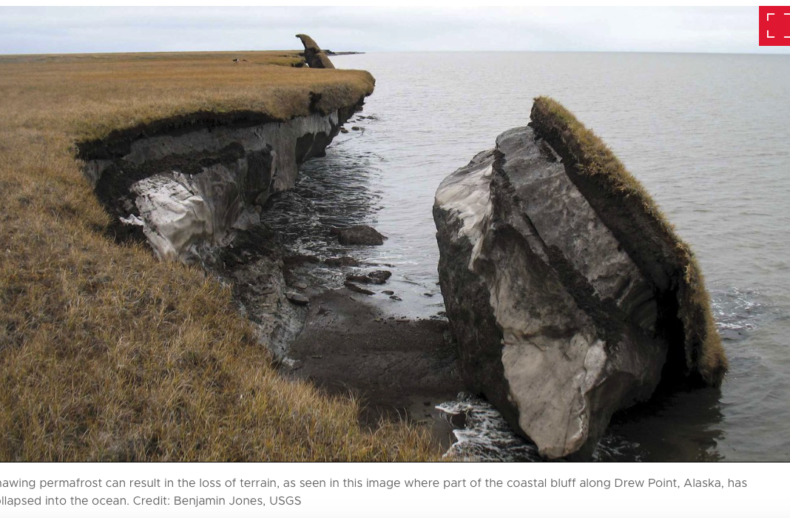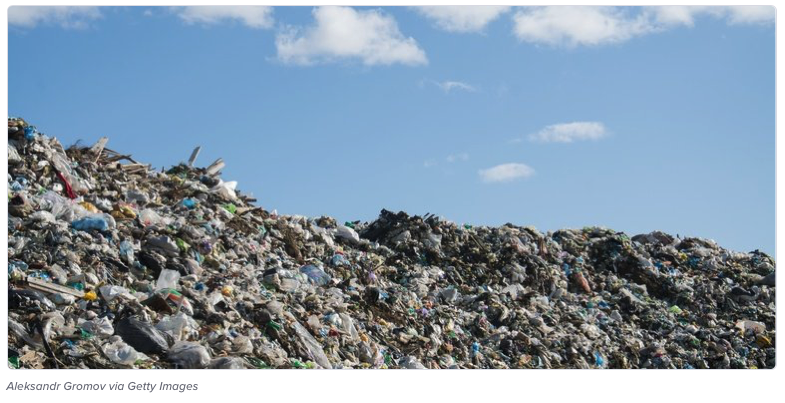Methane emissions from coal mines worldwide exceed those from the global oil or gas sectors and are significantly higher than prior estimates by the Environmental Protection Agency and the International Energy Agency, a new Global Energy Monitor report concludes.
“The numbers just aren’t adding up,” Ryan Driskell Tate, the report’s author, said of coal mine methane emission estimates when compared to those in prior reports. “It’s an area that has dodged a lot of scrutiny.”
Coal mining emits 52 million metric tons of methane per year, more than is emitted from either the oil sector, which emits 39 million tons, or the gas industry, which emits 45 million tons, according to the report, published Tuesday.





